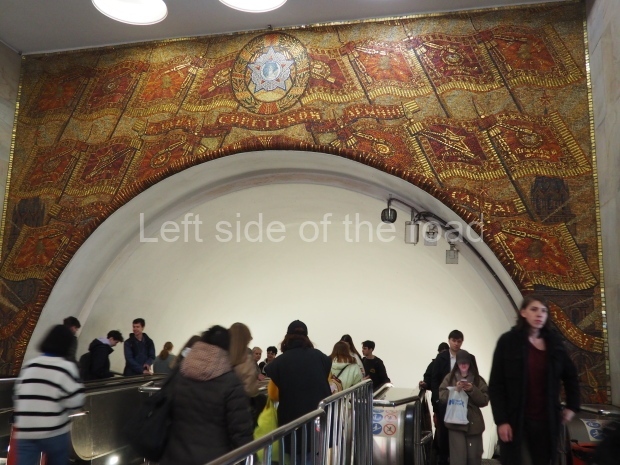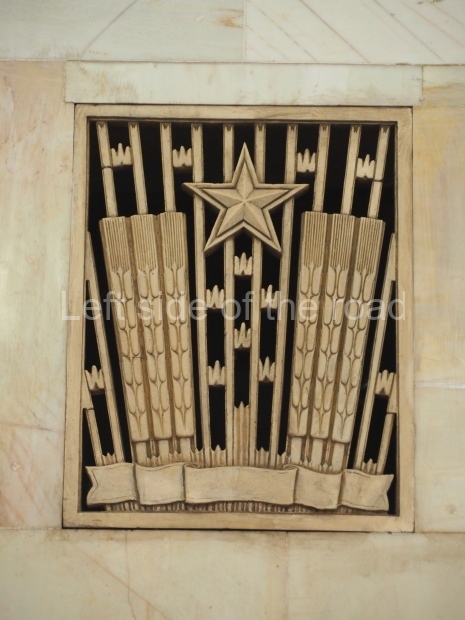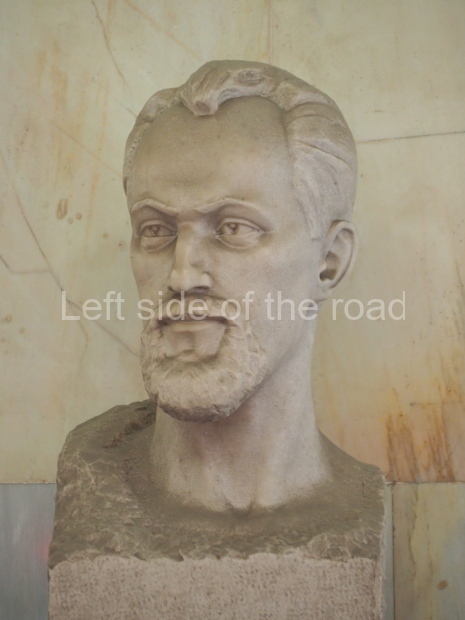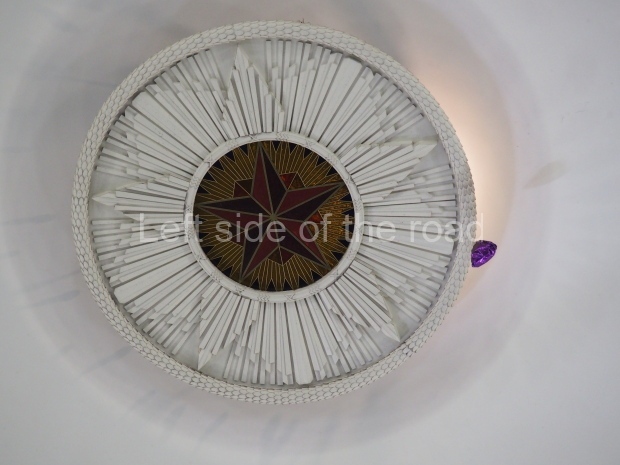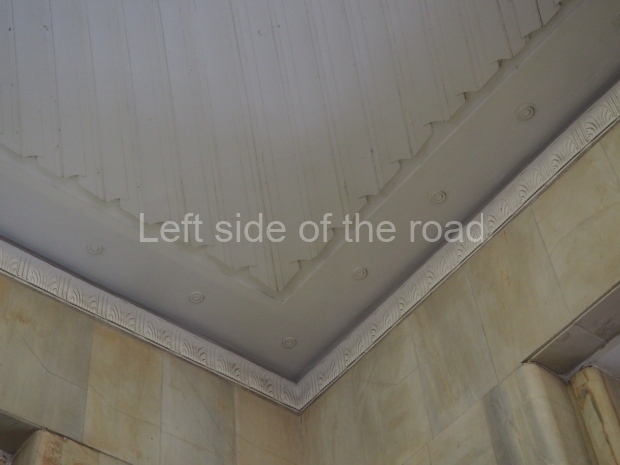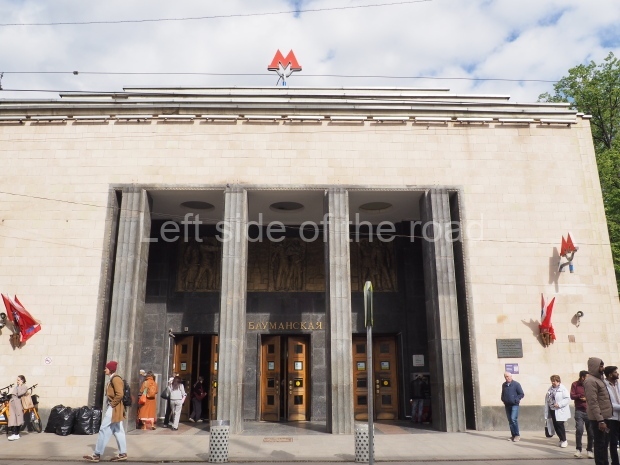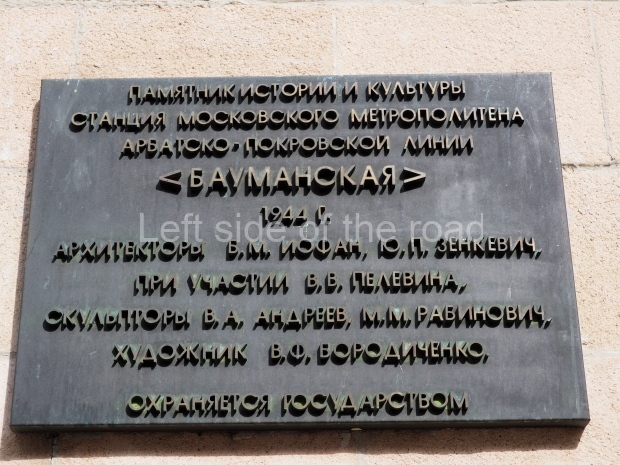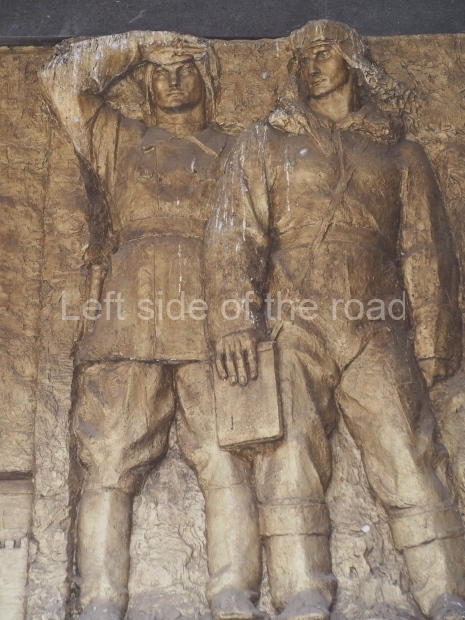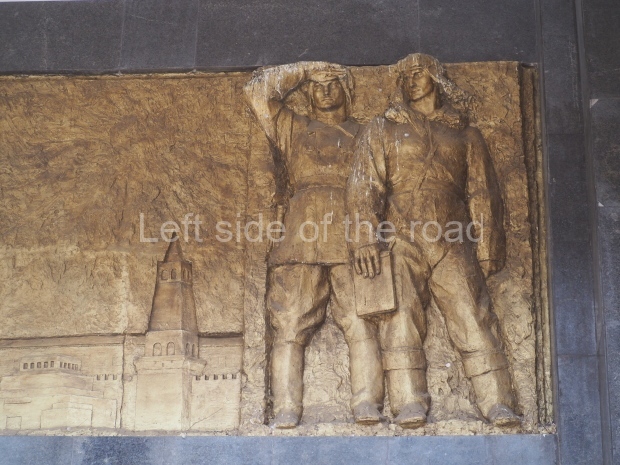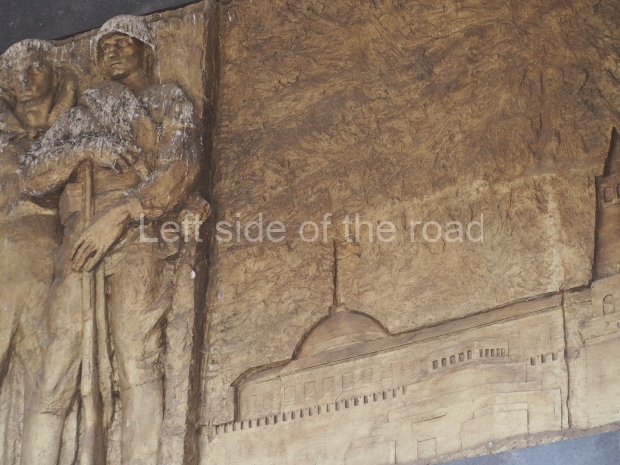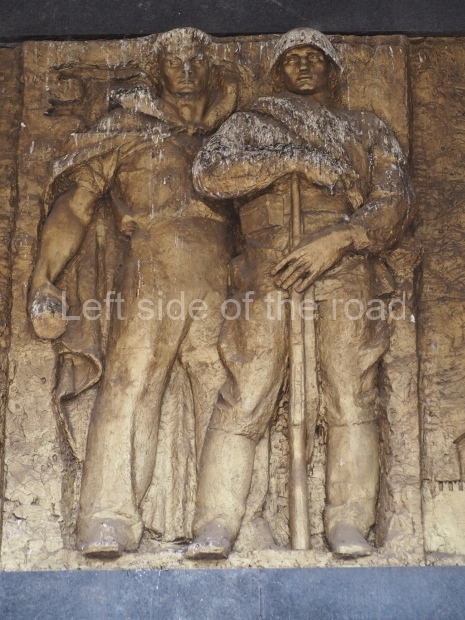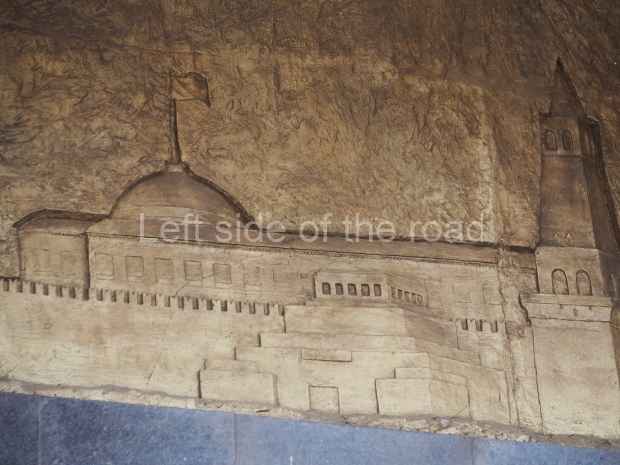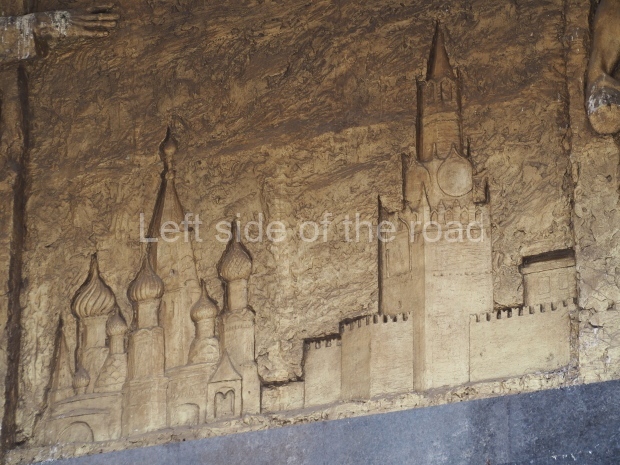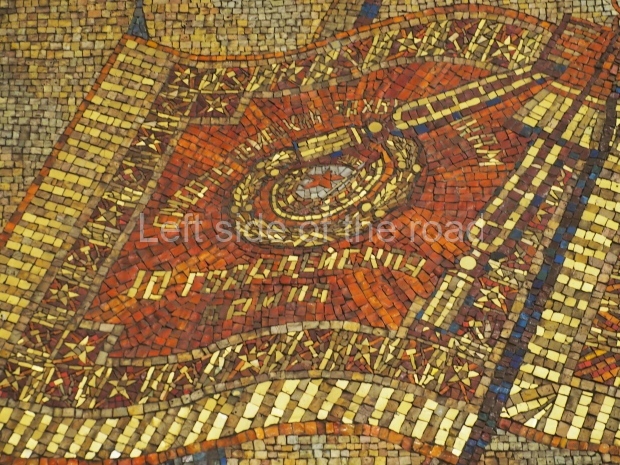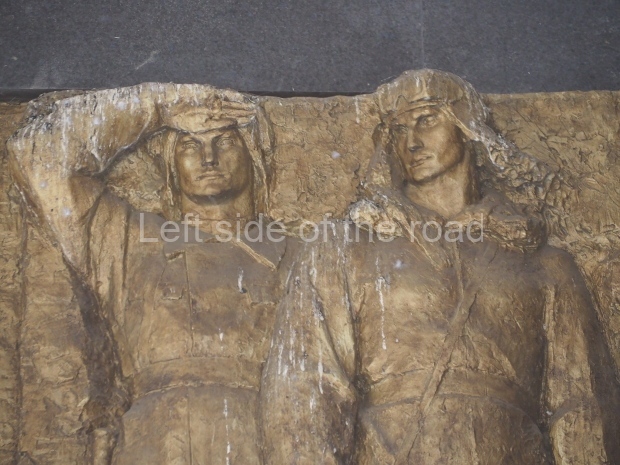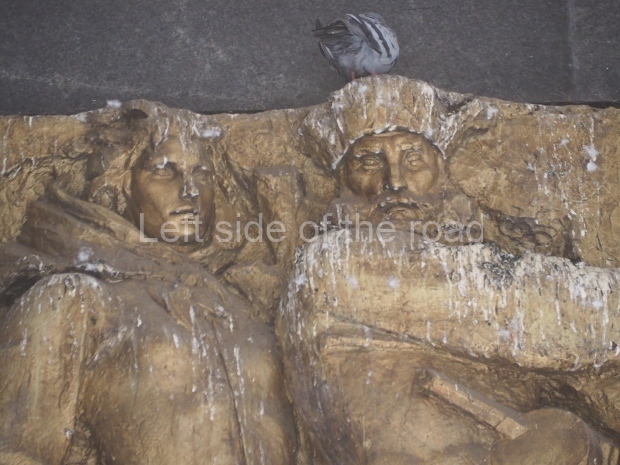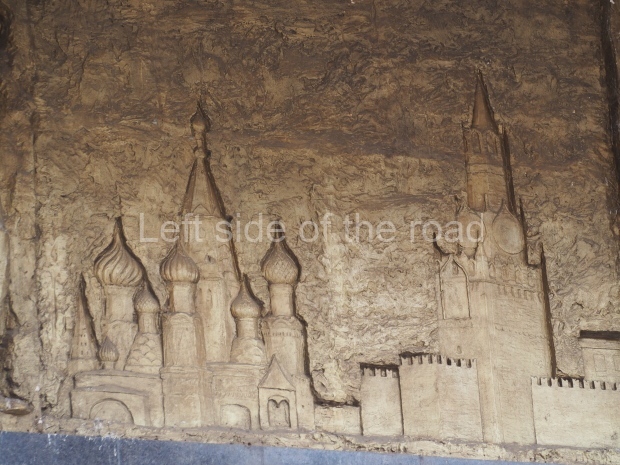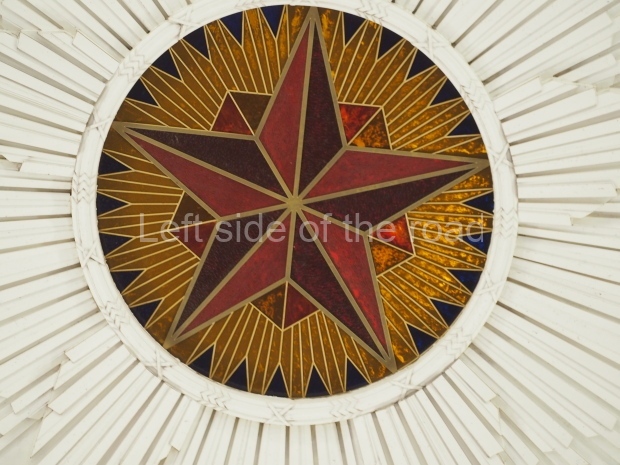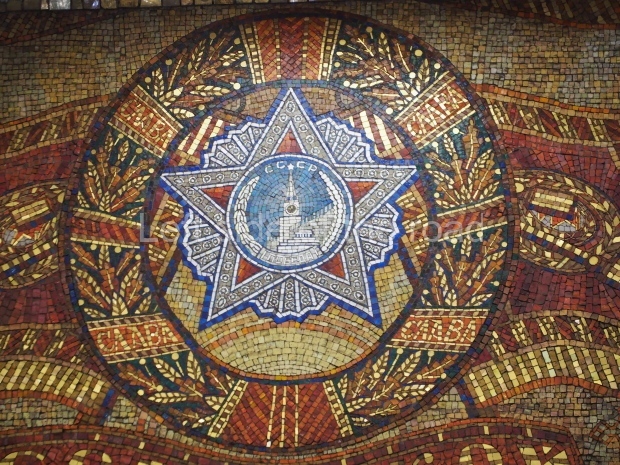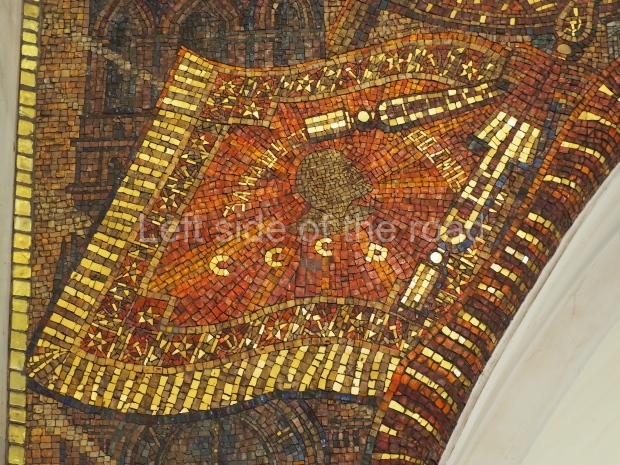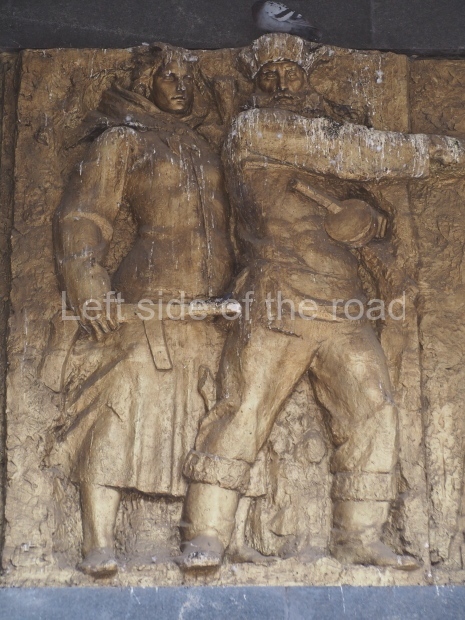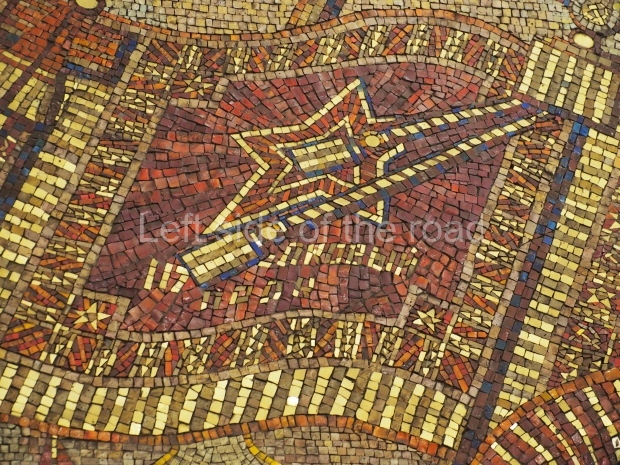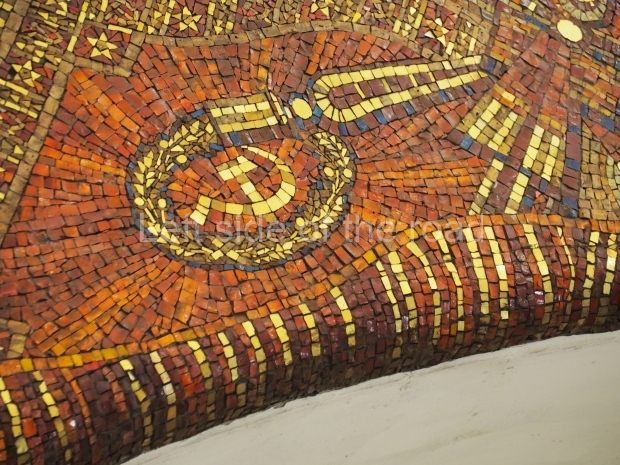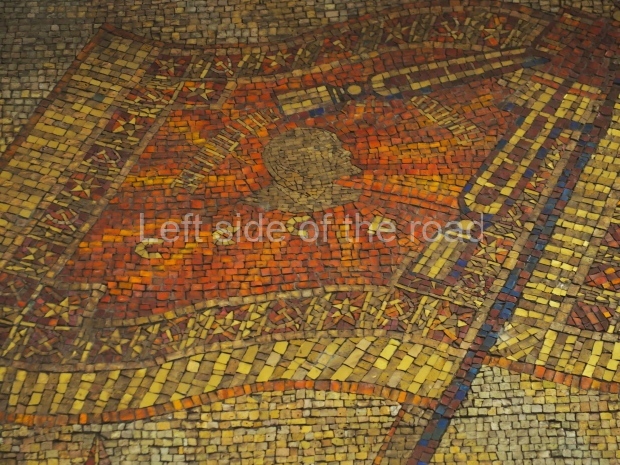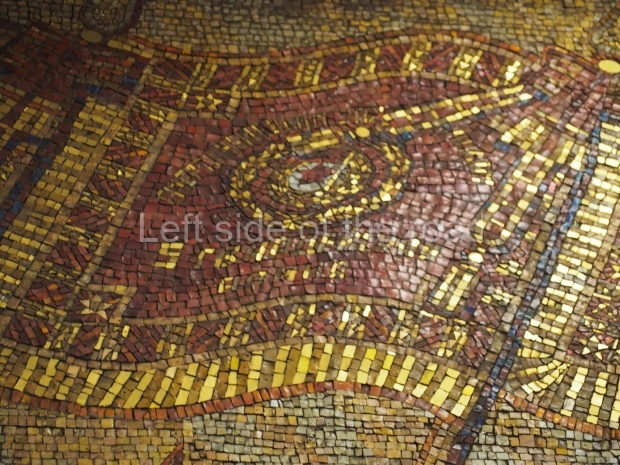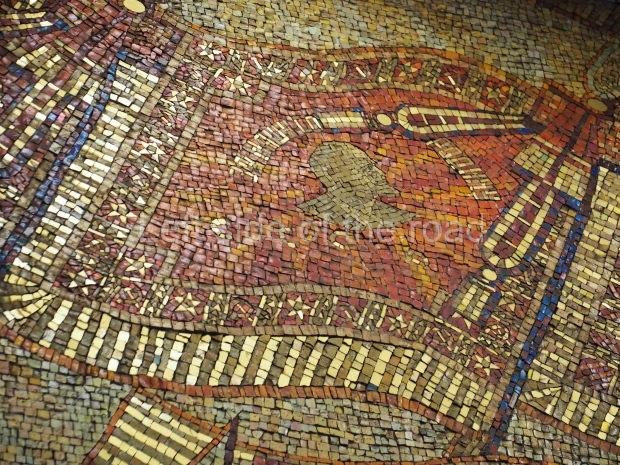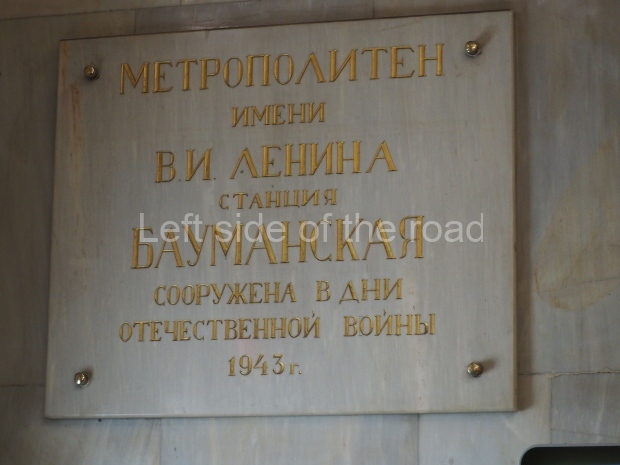
Stalin and the people of the Soviet Union
More on the USSR
The Great ‘Marxist-Leninist’ Theoreticians
View of the world
Ukraine – what you’re not told
The Stalin Society – publications
The Stalin Society was formed in 1991 and for many years had regular meetings which often involved a formal presentation related to the life and work of JV Stalin but also topics about the history, social and economic aspects of the Union of Soviet Socialist Republics. Some of those presentations, which were published in a printed format, are reproduced below.
It is not clear what the current situation is with the Society. There does not seem to have be any activity, either on the website or with public meetings, since 2020.
The pamphlets are listed in order of when they were presented to the Society.
The truth about the so-called ‘Hitler-Stalin Pact’ of 1939, translated from Roter Morgen, No 9, September 1989, Roter Morgen is the organ of the KPD (Communist Party of Germany). Published by the Stalin Society, 5 pages.
The German-Soviet Non-aggression Pact of 1939, Bill Bland, presented in London in February 1990, 14 pages.
The Spanish Civil War, Ella Rule, London, March 1991, 44 pages.
Lenin and Stalin on Opportunism, C and K Majid, London, January 1993, 15 pages.
Nikita Khrushchev – his role in the anti-Stalin campaign, Cathie Majid, London, June 1993, 18 pages.
The origin and development of Revisionism in the CPGB, Part 1, London, September 1993, 23 pages.
The enlightenment’s roots in Socialist Realist Theory and aspects of Revisionism in the late twentieth century, Helena Stevens, London, November 1993, 24 pages.
Let us salute the Soviet workers, translated from the Iraqi Review ‘Al-Marxi’, No. 30, November 1993, distributed by the Stalin Society, London, 8 pages.
The origin and development of Revisionism in the CPGB, Part 2, London, February 1994, 24 pages.
The truth about Stalin, Wilf Dixon, a talk given to the Secular Society in Leicester, October 1994, 12 pages.
Albania and China, Kamal Majid, London, April 1995, 35 pages.
The importance of forming a Party, Kamal Majid, London, July 1995, 26 pages.
The role of the revolutionary newspaper in the struggle today, John Green, London, July 1995, 10 pages.
Education in the Soviet Union, Ella Rule, London, June 1996, 8 pages.
George Orwell – anti-Communist, champion of Trotskyism and State informer, Joti Brar, London, February 1998, 16 pages.
Women in the USSR, Ella Rule, London, March 1998, 16 pages.
Lies concerning the history of the Soviet Union, Mario Sousa, translated and presented by Ella Rule, London, March 1999, 31 pages.
Marxism-Leninism and the arts, Bill Bland, London, September 1999, 14 pages.
Health in the USSR, Carlos Rule, London, February 2000, 15 pages.
Marxism and law, the struggle over jurisprudence in the Soviet Union, Bill Bland, London, March 2000, 22 pages.
Bourgeois democracy and Fascism, ‘Social democracy objectively represents the moderate wing of Fascism’. JV Stalin, ‘Concerning the International Situation’, September 1924, Harpal Brar, London, May 2000, 37 pages.
The Soviet novel, Ella Rule, London, July 2000, 26 pages.
The role of the individual in history, Ivor Kenna, London, October 2000, 11 pages.
The fight against bureaucracy in the Soviet Union, Carlos Rule, London, September 2001, 48 pages.
Imperialism’s interest in Afghanistan, Ella Rule, London, October 2001, 19 pages.
The Ukrainian famine-genocide myth, John Puntis, London, June 2002, 27 pages.
The Katyn Massacre, Ella Rule, London, July 2002, 25 pages.
A brief history of the Working-class Internationals, Ella Rule, London, October 2002, 37 pages.
A personal account of experiences in the German Panzers at the Battle of Stalingrad, Henry Metelmann, 60 years after the Soviet victory at Stalingrad – the turning point in the war against Nazi fascism, London, February 2003, 20 pages.
The purges of the CPSU in the 1930s, edited by Ella Rule from ‘The class struggle during the thirties in the Soviet Union’, 2005, 20 pages.
Robert Conquest dies – but his lies live on! Grover Furr, August 2015, reproduced by the Stalin Society, 4 pages.
Housing in the USSR, Katt Cremer, London, October 2016, 10 pages.
More on the USSR
The Great ‘Marxist-Leninist’ Theoreticians
View of the world
Ukraine – what you’re not told
















